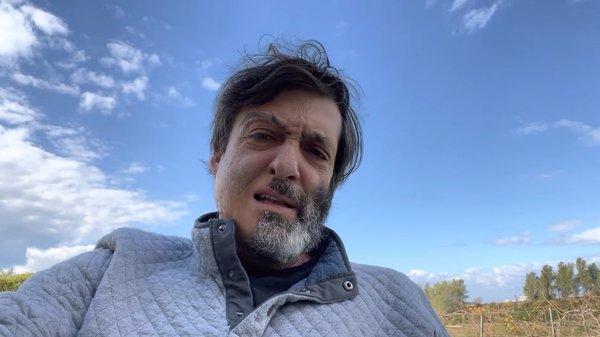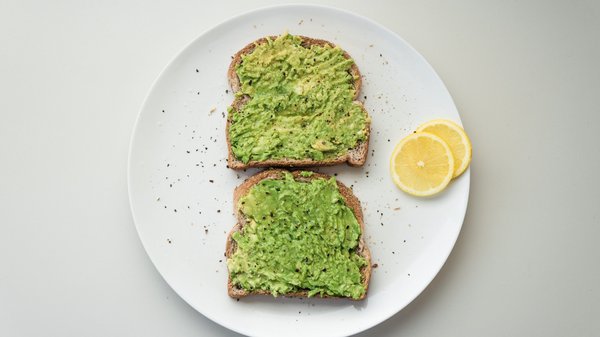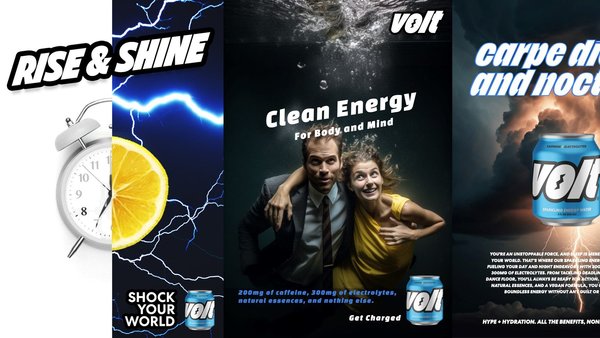3 steps to more honest advertising /
Advertising’s fondness for storytelling shouldn't come at the expense of the truth, says Mekanism CSO Ambika Pai. Here's her process for ensuring creative candour.
Contagious Contributor
/
People who work in advertising often like to think of themselves as storytellers. But it’s important to remember that stories are primarily made for entertainment: they fictionalise, they dramatise, they hyperbolise. And often this is at the expense of telling the truth.
So, it’s no surprise that many times ads are full of shit. And because of that 96% of consumers don’t trust ads. We’ve been in the post-truth era for years now, but we’re in a moment where it’s really reaching a head.
Last year, The Atlantic published an article detailing how in the US ‘levels of trust are in precipitous decline’, and warning that ‘when social trust collapses, nations fail’.
It made me think: as the people with access to the world’s largest megaphones, why are we still telling stories? Isn’t it time for advertisers to start telling the truth? As I’ve been figuring out how to ensure that truth stays at the core of what we offer our clients and what we deliver as their partners, I’ve come up with a truth-telling process made of three parts: debriefing the brief, interrogating the insight and exerting expertise.
Identifying the right problem is half the battle and is key to creating work that moves the needle
Ambika Pai, Mekanism
Step 1 / Debriefing the brief /
The worst thing we can do is take a brief as gospel. It is our job and responsibility to look at a brief from all directions, ask the right sorts of questions and make sure that it is as tight as possible.
Identifying the right problem is half the battle and is key to creating work that moves the needle. Importantly, beware of super-hot cultural trends that will make you a bandwagon brand, adding to the clutter versus standing out.
Rewinding to summer 2021, or ‘hot vax summer’, OkCupid (OKC) wanted to capture the majority share of daters as the category saw its resurgence. The brief was to make sure that OkCupid matches the enthusiasm of people wanting to get back on the dating scene after the dry spell of Covid, becoming the dating app of the post-Covid era and, ultimately, increasing downloads. But hot vax summer hinged on a fleeting moment in time, and we wanted to help OkCupid create momentum for the long term.
We re-articulated the problem by stating that OkCupid’s hold on the market should extend beyond Covid. Most daters have an average of four dating apps on their phones, and OKC’s market share became more fragmented as more niche dating apps popped up.
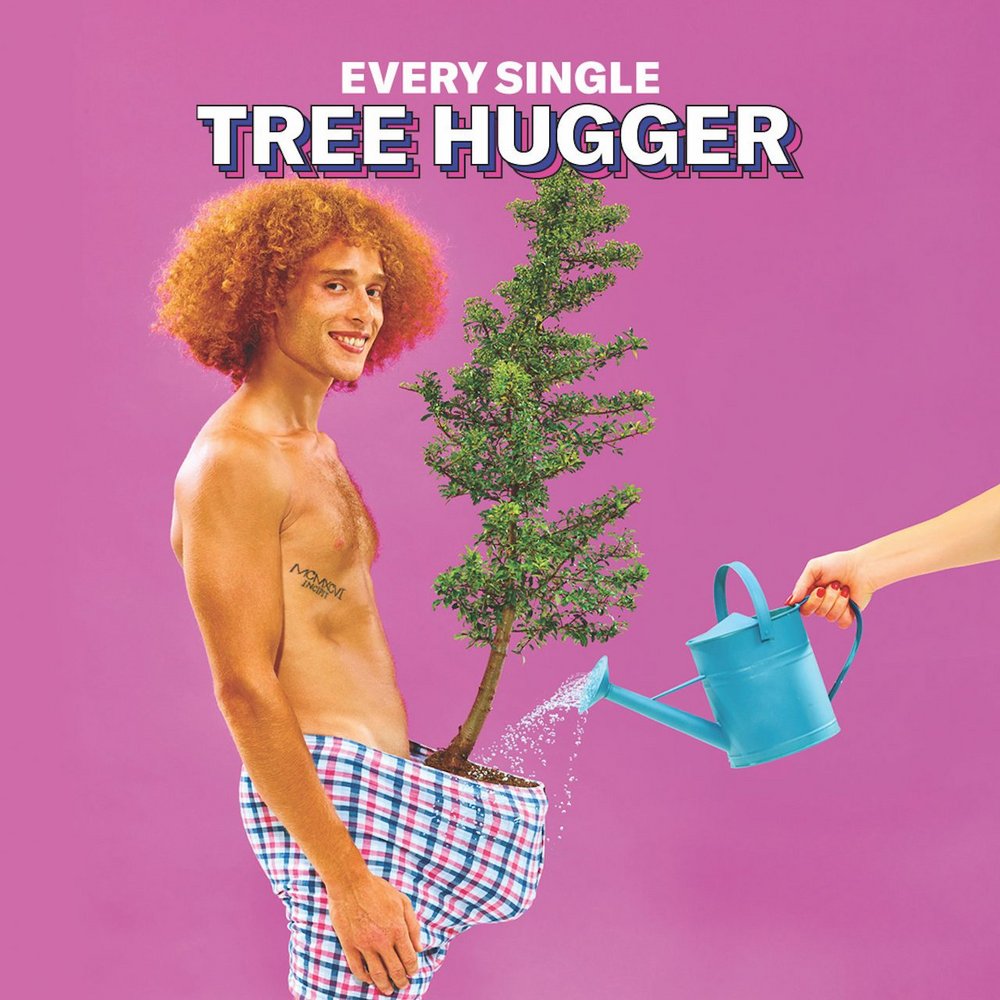
OKC’s robust questionnaire helps it algorithmically deliver the best matches, from sexual orientation and gender, to political leanings, philosophies, values, pet preference, etc. It gets to know its daters in great depth so that it can help connect them with the right people, too.
Getting to know people in great depth means OKC had to be the dating app that really focused on what people were experiencing. In prolonged isolation, singles had a ton of time to self-reflect. They’d gotten more real about who they were, what mattered to them, what they were looking for, and how essential meaningful human connection was to their lives. As things started to open up and they started to date again, they weren’t just defaulting back to their pre-pandemic identities. They were re-emerging as the next versions of themselves. And these people needed to know that it’s not just okay, but incredible, for them to be themselves as they date.
OKC was the first dating platform to allow daters to choose their pronouns. They’ve been passionate supporters of the LGBTQIA+ community and an activist brand. This, plus our desire to relate to people who knew themselves better than ever, led us to our campaign: Every Single Person. The outdoor campaign featured 16 striking images that explored what dating looks like today, explaining how the brand is for every dater from tree-huggers to insomniacs, romantics to non-monogamists.
Our campaign was timely and culturally relevant, but avoided the hot vax summer bandwagon. It was also able to speak to people with specific interests, standing up for radical inclusivity and demonstrating how anyone can find what they’re looking for on OkCupid.
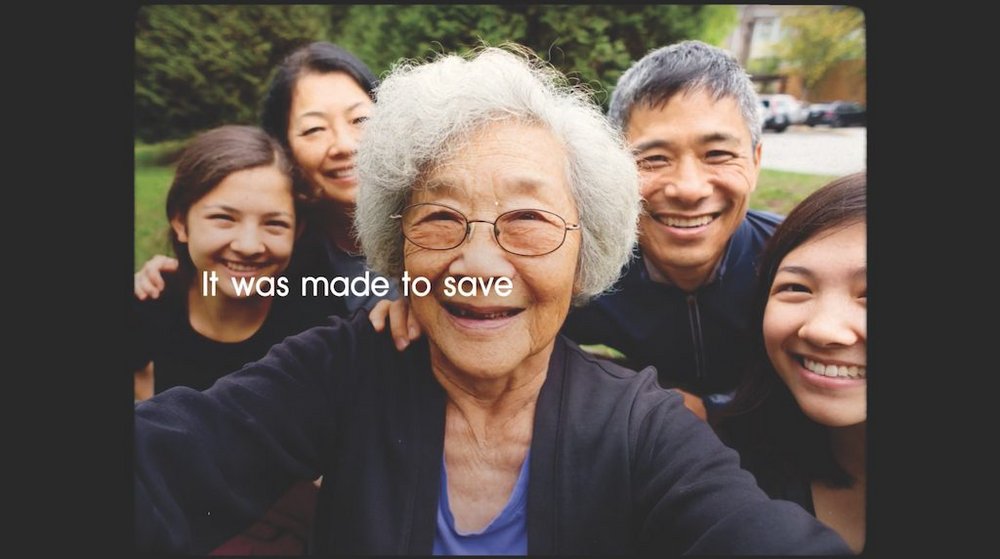
Step 2 / Interrogating the insight /
An insight should make somebody say, ‘Holy shit! I never thought about it that way.’ It should have an element of surprise, interest, intrigue. And it shouldn’t feel like it’s coming out of left field. It’s believable because everyone can sense the truth in it, but it also forces people to think a bit differently.
A Google result is not an insight. Every strategist starts on Google, and I guarantee every single one of them reads the first 10 search results. What you find on Google is an observation. To take it one level deeper, ask why. Multiple times. Get to the core of the issue. And finally, prioritise knowledge – truly understanding something in your bones – over simply knowing about it.
In November 2020, Mekanism partnered with Civic Nation and the White House to develop a campaign to tackle vaccine hesitancy and increase uptake. At this time, 40% of Americans were hesitant to get the vaccine. Everyone knew that. Based on the observation that people were hesitant, the easy answer was to just remind Americans of everything they were missing out on if they don’t vaccinate. And most of the communications we all saw during this time took exactly that approach. But when we ask why, the reasons for hesitancy are much deeper (and much more varied) than that.
Yes, there is uncertainty surrounding the efficacy and the safety of the vaccine: how it was developed, the speed of development, how it works, what to expect. But it didn’t stop there. Once we started digging deeper into each of the vaccine hesitant groups, we found a history of discrimination, inequities, mistreatment by the public health system, belief that big pharma is out to get us all, a deep distrust of institutions and the media, and not having a clear understanding of which information is factual.
A Google result is not an insight. Every strategist starts on Google, and I guarantee every single one of them reads the first 10 search results
Ambika Pai, Mekanism
We needed to shift from simply knowing that people are questioning efficacy and safety to having a deep knowledge of what people are grappling with: deep down people questioned whether there were ulterior motives driving the entire vaccination programme.
Therefore, our strategic unlock was to very pointedly articulate that the vaccine had no agenda. Made to Save is a literal articulation of what the vaccine was created to do: save lives without any political affiliation, financial interest or bias. That insight of mistrust stemming from the idea of ulterior motives drove all of our work forward. That wasn’t something we would be able to find in a Google search. It was something we got to from asking ‘why’ many times and understanding the nuance of hesitancies across all different groups. We moved from facts to understanding people in a much deeper way.

Step 3 / Exerting expertise /
Expertise can come from lived experience, as much as it can come from subject matter understanding. As marketers and advertisers, we’re creating for people – and we are people. Having a target of ‘women aged 35-40’ is completely different from thinking about an audience as ‘this is trying to speak to somebody like me, or somebody like my best friend’.
In 2021, Frida Mom introduced us to a new category called ‘breast care’, a portfolio of products for postpartum moms that were grappling to deal with breast-based issues (breastfeeding, deciding not to, dealing with engorgement, etc). We were tasked with helping Frida Mom launch breast care. While we were working, we couldn’t stop thinking about this incredible statistic: 87% of women start off breastfeeding and 60% stop before they intend to. Why are 60% of women stopping when they don’t want to stop? It’s because nobody is telling them the truth.
We built a team with a mix of inherent expertise (which comes from personal experience) and inherited expertise (which comes from research, and having a deep knowledge of the topic and people we’re meant to serve). Our MD was taking all of the calls on Frida Mom from bed, eight months pregnant. I was deep in the trenches of breastfeeding and postpartum healing. One creative director was parenting two toddlers during quarantine and another creative director was out buying cabbage leaves for his breastfeeding wife. On top of that, we had our executive creative director, strategy director and brand director who got all of the nitty gritty details in intimate conversations with real moms, alongside Reddit threads, Facebook groups, Twitter, Instagram and mommy blogs.

As we worked to both exert and elaborate on our expertise, we debunked a lot of assumptions about breast care, breastfeeding and postpartum reality.
There’s an expectation that breastfeeding is a beautiful, magical experience between mom and baby, which absolutely can be true. But breastfeeding can also be physically painful and emotionally taxing. There’s an expectation that breastfeeding is instinctual, that it’ll just come naturally. Yes, it is biologically natural, but what your breasts go through doesn’t necessarily look or feel natural – especially when you’ve never gone through it before. The category focuses on how breastfeeding vitally supports your baby’s health, so doing it successfully should be your utmost priority. Breast is best! Baby before all else!
And while it does support your baby’s health, often it can mean sacrificing your own health or mental wellness in the process.
We need to bring to light the struggles, joys, pain and elation that people go through day to day
Ambika Pai, Mekanism
The picture painted by society and perpetuated by the baby category is very different from (and far more monolithic) than the lived experience of moms. The category does nothing to help this pressure. But Frida’s philosophy is that ‘when a baby is born, so is a mom’. We needed to bring moms front and centre to support them when they needed it most.
This led us to launch Stream of Lactation, a film that gets inside the heads of two women attempting to feed their newborn babies.

It lands on the line: ‘Care for your breasts, not just your baby.’ Here, the details, like pulling a cabbage leaf out of your bra or using your electric toothbrush to work out a clogged duct, are the indicators of truth.
But the details didn’t just live in the script, they were also in the campaign execution. Our director was Rachel Morrison, a mom of two. It was acted by two new moms, and so everything in the spot, including the milk squirting on the mirror, is real.
The campaign also helped shift policy. Frida had previously been banned from the Oscars for its postpartum spot. So we worked with NBC to change the guidelines to allow us to show lactating breasts on TV in a way that they had never been shown before. And the results were truly staggering, not just regarding awareness and traffic, but more importantly actually impacting culture.

From truth to power /
These examples show why we need to shift from storytelling to truth-telling, to really get in the mindset of the people who we are responsible for serving. We need to bring to light the struggles, joys, pain and elation that people go through day to day, and not try to wrap them up in some kitschy idea or something that is overly manufactured for entertainment or humour. Our enemy should be hyperbole. We should hold a mirror up to the world and do our part to inject it with genuine progress. With great power comes great responsibility, and I’d say access to 90 million people during a football game is quite a bit of power.
Want more of the same? /
We don’t just write about best-in-class campaigns, interviews and trends. Our Members also receive access to briefings, online training, webinars, live events and much more.
